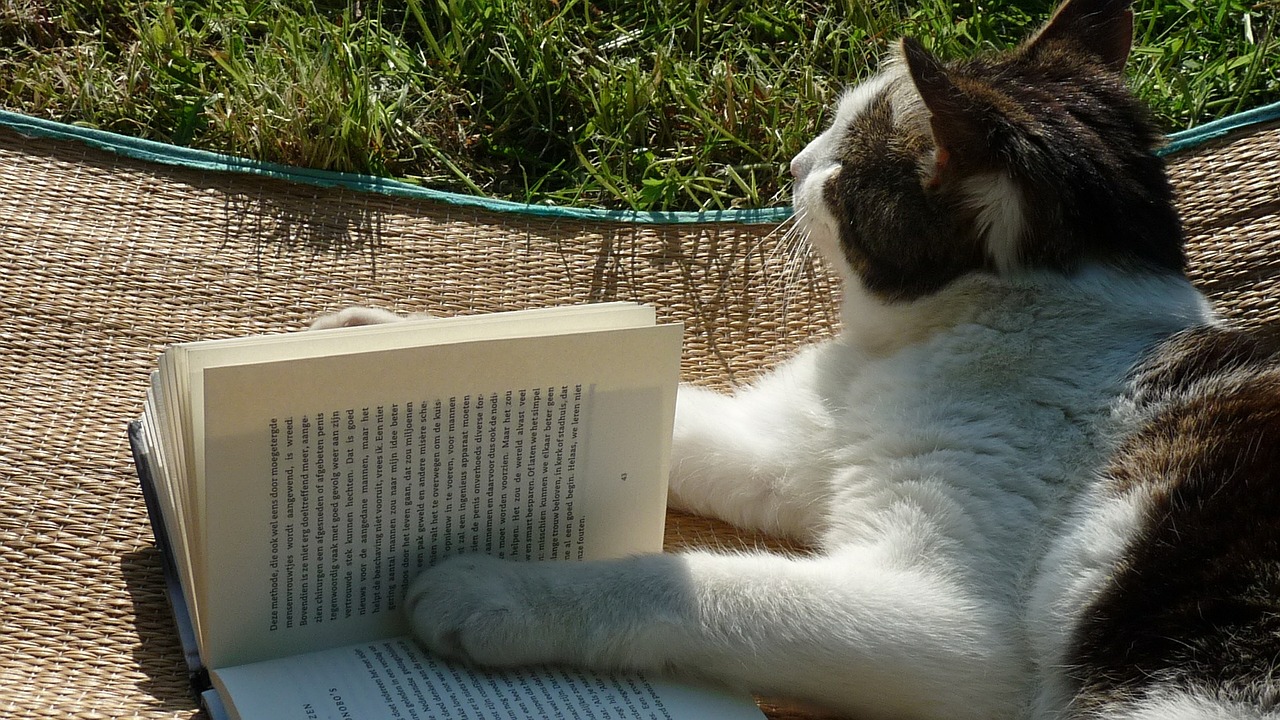The Zettelkasten Method for Fiction Writing
The Zettelkasten Method will support your goals relating to both consuming and producing fiction texts. The Zettelkasten Method is designed to create a thinking machine out of your notes you are already making that supports all of your thinking.
The Zettelkasten Method is commonly associated with non-fiction texts. However, the Zettelkasten Method is not tied to any goal within the realm of knowledge.
Zettelkasten Method for Fiction by Sascha Fast

This four-part series is designed to get you started. You can learn about specific techniques on analysing and writing fiction. Read this series as an inspiration what you can do, not what you should do.
The first part, “Knowledge is Knowledge”, is based on the claim that you can treat fiction as non-fiction if you like. This approach is one way to get you going and to process fiction you read. It is somewhat controversial since I commit a literary sin: I divorce the quote from the source and process not with any obligation to the text. @dgbecher highlighted this issues with this approach with a very justified critique. So, you might read the text within the context of this and this comment.
The second part, “Collecting and Processing Building Blocks of Story”, aims to provide you with a framework on how stories work. I provide you with a framework of building blocks of stories. I base this frame work on “story practicians” like Coyne1 or Truby.2 The second part makes use of the assumption that Reading is Searching that I used for non-fiction text already.
The third part, “Create a toolbox to analyse stories that lives in your Zettelkasten”, serves as a bridge between analysing stories and creating stories. Tools can be used to both assemble and disassemble stories. Working with those tools is both an opportunity to understand or create stories and sharpen the tools along with your skill to use it.
The fourth part, “Creating Stories”, is geared towards producing stories. There are many ways to skin this cat. I present some ways that you can use within the framework of the Zettelkasten Method. If you have a Zettelkasten, why not harness its power to support this endeavour of yours?
The Zettelkasten Method stays the same whether you apply it to writing fiction or non-fiction. The reason is that the Zettelkasten Method entails very general principles. The word “general” essentially means “non-changing”. This unchanging nature is the difference between “general” and “specific”.
Note: I attended a couple of classes in literary studies at University. When I started to learn about stories I was struck by the difference of people who teach to write stories and and my experience in literary studies. Later, when I read authors like Jordan Peterson, Jonathan Pageau and Christopher Booker on how they analyse stories, I came to the conclusion that their approach to stories is much closer to the “story practicians” (Truby, Coyne and the like) than the “story theoreticians” (mostly academics). So, my approach to story is very blue-collar and non-academic.
Q&A
If you have an interesting question on how to use the Zettelkasten Method for Fiction you can drop it in the forum. If the question is interesting enough and it fits into my time schedule I’ll write a blog post and add it to this section.
Next to be published: Giving Objective and Subjective Context - Understanding Sympathy for Character.
Do you want to greatly improve your learning curve? I assist you in learning Zettelkasten Method for Fiction and offer 1-on-1 coaching.
The Zettelkasten Method for Literary Studies
The Zettelkasten Method provides a framework for your personal thinking. It aims to generate a thinking machine out of your notes that supports all of your thinking. Most of the material on this page is geared towards becoming a “story practician”. See the discussion between @sfast (me) and @dgbeecher starting from this post to understand the difference. I am fully aware that the approach I present is not in line with, even heretical to, the conventional approaches in the field of literary studies.
However, when I finish outlining the general scope of the Zettelkasten Method, I will dedicate some time to specific applications like The Zettelkasten Method for Historians or The Zettelkasten Method for Theologians. The Zettelkasten Method for Literary Studies is sprouting in my Zettelkasten already. In the mid- to long-term, I will be able to ship this specific application of the Method.
The Archive for Fiction Writing
A good environment for thinking and writing is distraction-free.
As a simple rule of thumb: The more it disappears from you perception the better it is. This is the reason why distraction free editors became so popular. The Archive is designed in the spirit of being distraction-free. Our user feedback is quite consistent in this point: The Archive delivers a very calm and clean experience with minimal distractions.
While the Zettelkasten Method is software-agnostic, it can be implemented with any software and even without software and just index cards, applying it to Fiction Writing benefits a lot from a low distraction writing environment. App features shouldn’t feel intrusive to your thinking and writing.
So, consider The Archive (macOS) as your distraction-free Zettelkasten and note-taking App to benefit from a low-distraction writing environment.
Sources from the Outside
Lionel Davoust explains in this YouTube video how he uses a digital Zettelkasten to write science fiction.